1
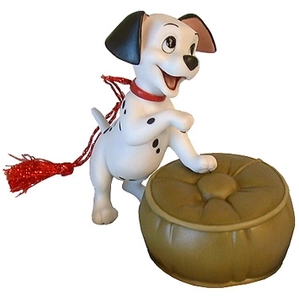
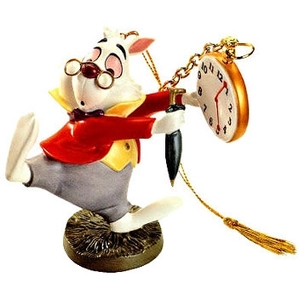
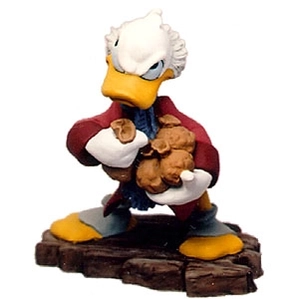
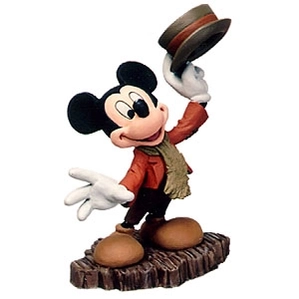
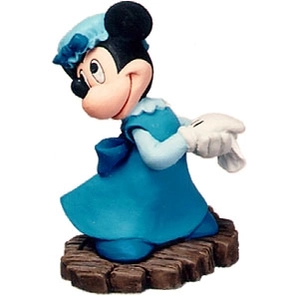
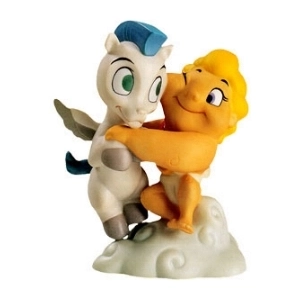
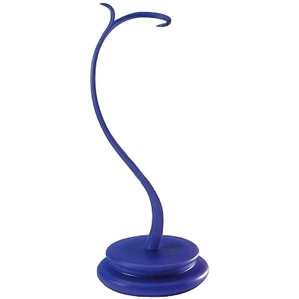
1
Pipka and her family arrived in America from war-torn Europe in 1949. Her father, a physician, was welcomed into the friendly, small town of Michigan, ND. The family thrived, while still maintaining their cultural German/Czech heritage. At Christmas, the candlelit tree, roast goose, and homemade strudel filled their home with memories, which would later influence Pipka in her future career as an artist. Frequent trips to visit her grandmother, who lived in the pastoral landscape of Bavaria, inspired Pipka s creative direction as a decorative furniture painter. In the 1970s she opened Pipka s Workshop in Minneapolis, MN, where her days were filled with custom painting furniture, teaching painting classes, and writing books, while her mother made pillows and accessories out of imported fabrics from Austria. In 1981, Pipka moved to Door County and thrived in her new creative environment. On a quiet, snow-filled day, Pipka painted a old-world Santa for her mother as a Christmas gift, and her passion forFather Christmaswas born. Pipka began by gathering inspiration from her own heritage, and eventually began traveling to various European countries during the Christmas season. Experiencing the sights, tastes, and traditions of Christmas in other parts of the world ignited the creation of her uniquely charming Christmas designs. "Each country has a gift bringer, says Pipka, and each Santa tells a story." It is that story which makes each ?Santa Pipka creates so appealing – evoking memories and startingnew traditions for the happy collector. ?Pipka Collectibles are sold in specialty stores around the country. • The first step in the design process is a lengthy one. Using her books and antique card collections, Pipka researches each Santa s heritage, for detail in costumes, toy sacks, and customs. • After a series of sketches, a large, detailed painting is completed. • Gaylord Ho, the sculptor, then creates a clay model of the figurine, which Pipka must approve. • After the first approval, the model is finely sanded, and Gaylord hand paints the first figurine. • Pipka carefully examines the painted prototype and makes any changes necessary. • Once approved, the process begins, and a marble resin compound is poured into the molds. • Once the compound sets, the mold is removed, and each figurine is finely sanded. Note: Many molds are made for the same figure because the process itself can dull the mold s edges and the figurine could lose the beautiful details for which Pipka s Collectibles are known. • Each collectible is packaged in a designer box with a story of the figurine s background and special history. • Once the run has been produced for a particular figurine, the molds are broken and the piece is retired.